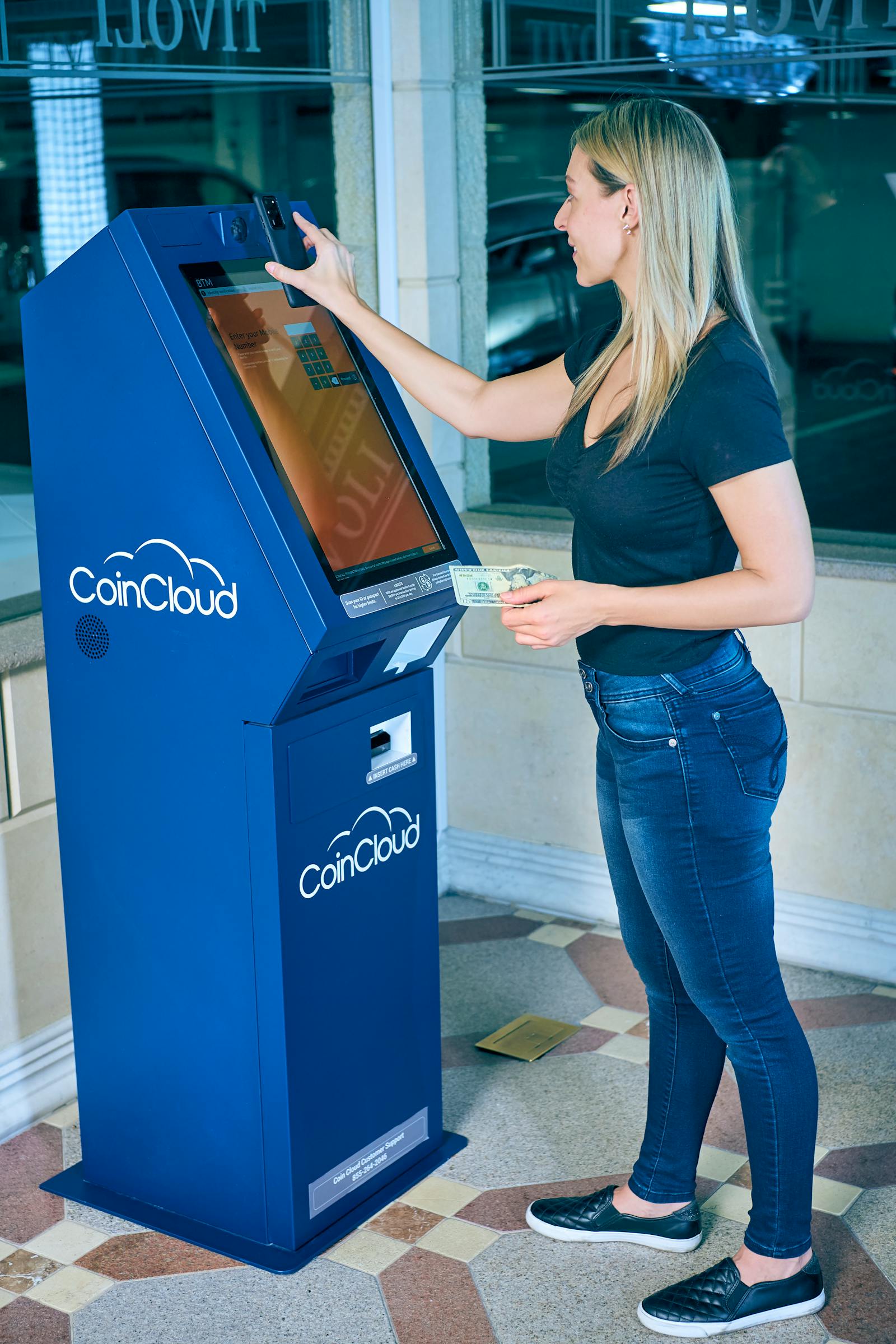Balancing bank statements, also known as cash reconciliation is a major tool to verify the cash balances of a business. Errors may happen at the bank or at the company’s accounting books, and this reconciliation can help find such issues, newsonforex allowing for companies to correct them.
Balancing bank statements is a reconciliation between two numbers, usually done monthly:
The ending balance on a bank statement – could be $100
The balance on a check register or cash account – could be $500
The questions are: What are the differences between these two numbers? Why the number at the bank be different from the one in the books?Could it be because of an error? Or maybe a deposit recognized in the books is not yet showing up in the bank? So, fastcashways the detailed analysis between these two numbers is the idea behind balancing bank statements
Such reconciliation helps in pinpointing mistakes, making sure that the cash balance in the accounting books is correct. Below are some common steps to balance bank statements:
1 – Obtain a bank statement from the bank. investor-hour This could be paper or electronic format and is sent out every month. You can also download this statement from the bank’s website.
2 – Get a detailed check register, showing all checks and deposits made for the month.
3 – Looking at the cash register, mark the checks that have been paid by the bank.
4 – Total up the checks not yet cashed, known as “Outstanding checks”.
5 – Looking at the check register, mark all the deposits showing up on the bank statement.
6 – Identify the deposits not yet showing up at the bank, also known as “deposits-in-transit.” These are usually the ones done on the last day of the month.
7 – Identify any odd discrepancies between the check register and the bank statement that are NOT related to the outstanding checks and deposits-in-transit. royalearn These are usually errors or adjustments that require your attention. It could be that a $400 deposit in the bank was booked as $40 on the accounting records.






